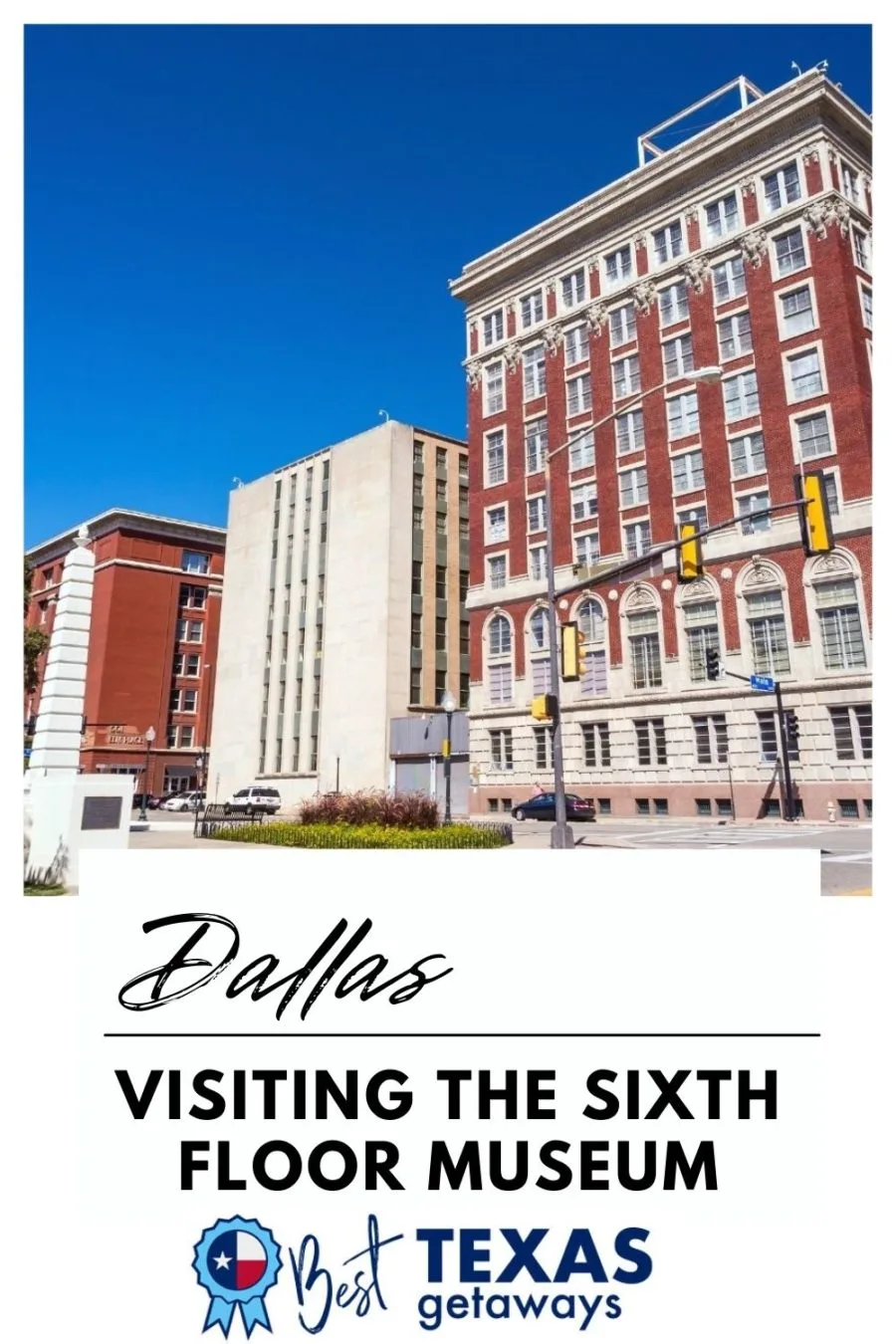Nov. 22, 1963. Ask any American who was school age or older on that fateful day, and he’ll probably be able to tell you where he was when he heard the news that President Kennedy had been shot.
Today, the interest and curiosity surrounding the assassination and the Warren Commission still run high. So high, in fact, that since its opening in 1989, Dallas’ Sixth Floor Museum has remained one of the most visited attractions in town.
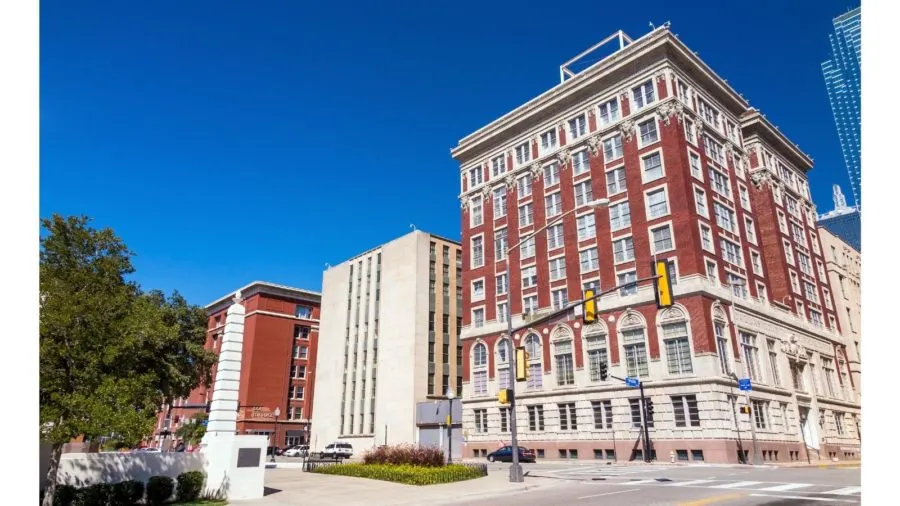
What is the Sixth Floor?
The Sixth Floor Museum at Dealey Plaza is a Dallas museum devoted to the life, career and death of President John F. Kennedy. Travelers come from around the world to learn more about the building that was once the Texas School Book Depository, the investigation and controversy following the assassination and the tributes paid to JFK from countries around the globe.
Visiting the Sixth Floor Museum
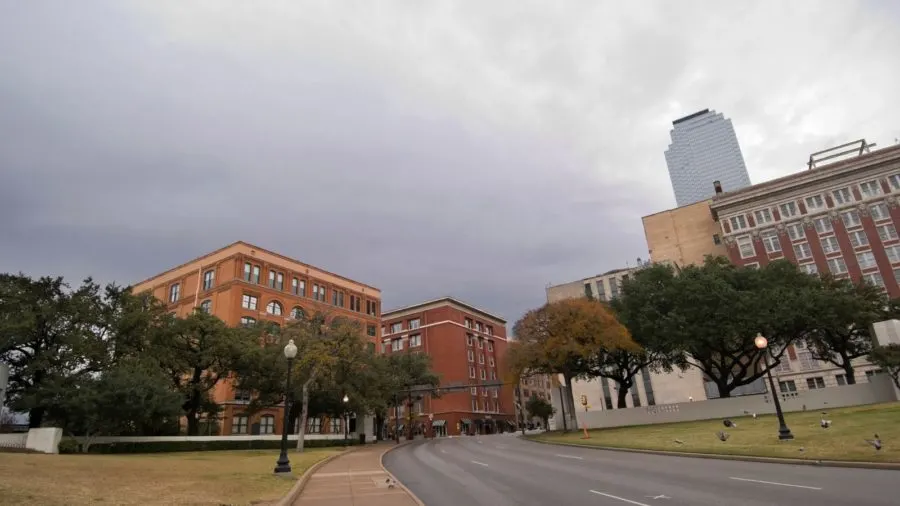
Located at located at 411 Elm Street in Dallas, the museum encompasses the sixth floor of the former Texas School Book Depository (public programs and special events are also held on the seventh floor.)
The mood is here almost church-like. Visitors quietly view the exhibits, many in their own private world as they listen to an audio guided tour program. Talk is hushed; flash photography is not permitted.
“There is no exhibition like this anywhere else in the United States,” explained Conover Hunt, author of the Museum’s official guidebook and JFK for a New Generation. “And, truly, there is no better place for it. The view of Dealey Plaza alone speaks volumes about a tragedy that changed the course of our history. The public has a right to come here.”
Public curiosity about the building had always been high, and for years visitors had come to the site to retrace the final portion of the motorcade route and to identify the grassy knoll. But the building remained closed to all but an exterior look until the Dallas County Historical Foundation opened the 9,000-square-foot museum.
Although the museum occupies the floor where the alleged assassin hid, exhibits here focus on more than the events of November 22. The 1960 presidential campaign, the space race, and domestic turmoil are all explored in displays and a brief film looks at the 1000 days of the Kennedy presidency.
Approaching the fateful trip to Dallas, another display covers the political reasons for the trip to Texas, with television footage on the reception the Kennedys received on their arrival.
But these exhibits soon unfold to a display of still photos showing the motorcade’s approach to Dealey Plaza. These photos were made from amateur movies, including the Zapruder film, the home movie taken by a Dallas businessman that became the second by second record of the shooting.
In this display, as in all the exhibits at The Sixth Floor, only non-violent photos are shown.
The photo display ends at a UPI teletype machine that gave the world the first news of the assassination. This machine now sits near the corner window, the vantage point from where Lee Harvey Oswald allegedly shot the President.
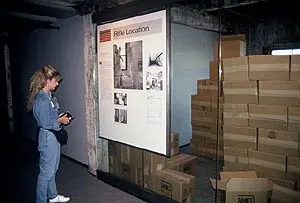
Today the corner is recreated to look as it did when investigators discovered it, with cardboard boxes used to store schoolbooks pushed to create a hiding place in the southeast corner.
Every visitor stops at the corner window, still open slightly as it was 30 years ago. This is the window where Lee Harvey Oswald allegedly shot President Kennedy on November 22, 1963.
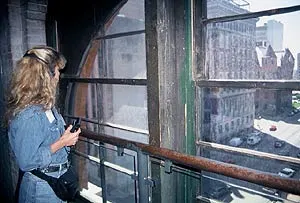
Visitors gaze through these south windows for a view of Dealey Plaza where the presidential motorcade made its final journey and recall what has been called the saddest day in American history.
Events moved quickly following the assassination, and they are detailed in exhibits on “The Crisis Hour,” “The Oath of Office,” and “National and World Response.” The television announcement of the President’s death by Walter Cronkite is replayed here alongside a photo of Lyndon Baines Johnson as he takes the presidential oath with Jacqueline Kennedy standing by his side.
In the years since the assassination, more and more questions have arisen about Oswald and possible conspiracies. In 1977, Warren Commission counsel Norman Redlich said “…there are simply a great many people who cannot accept … that one rather insignificant person was able to assassinate the President of the United States.”
A survey showed that an estimated 85% of the American people believe there was a conspiracy, and the museum examines the various theories and possible motives in a section called “Who Did It?” Exhibits cover the KGB, the Cuban government, the far right, and organized crime.
The assassination brought response from around the world. Cambodia declared a three day moratorium on attacks against the United States, Big Ben tolled every minute for one hour, the Panama Canal closed, Greek police stopped all traffic, and, for the only time in history, the Associated Press silenced its teletype machines in honor of the lost president. These reactions are covered in an exhibit titled “A Time to Mourn.”

Past the memorials stands the corner staircase where police found the rifle and a clipboard. This is the spot where the alleged sniper exited. Oswald, a clerk at the Texas School Book Depository, was seen two minutes after the shooting on the second floor of the building in the lunchroom, leaving before the police sealed the building.
Witnessing these exhibits sometimes has a profound effect on visitors, who recall the day in their own lives when they first heard the news, and emotions can run high in the exhibit. Docents note that is not uncommon to see visitors cry as they trace the events through the museum displays or look out the windows at Dealey Plaza.
As an outlet for these emotions, the historical foundation maintains “memory books.” Comments come from visitors around the world, many too young to remember the fateful day. Moved by the museum, visitors share their personal reflections on a president and time in American history that are now only memories.
For More Information:
